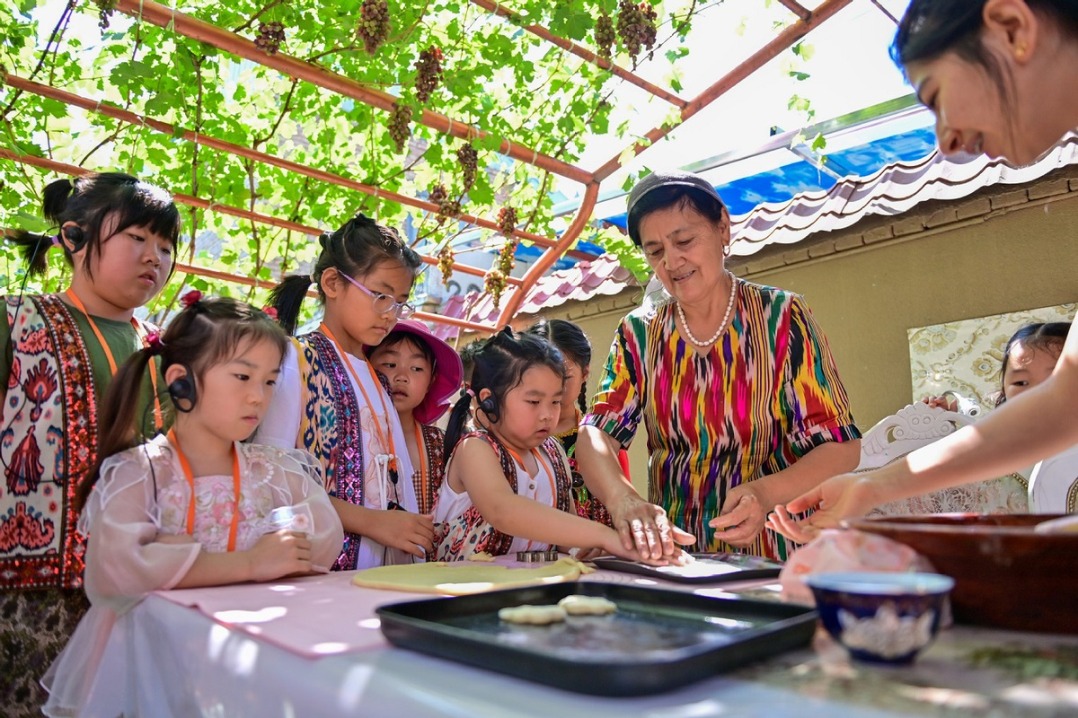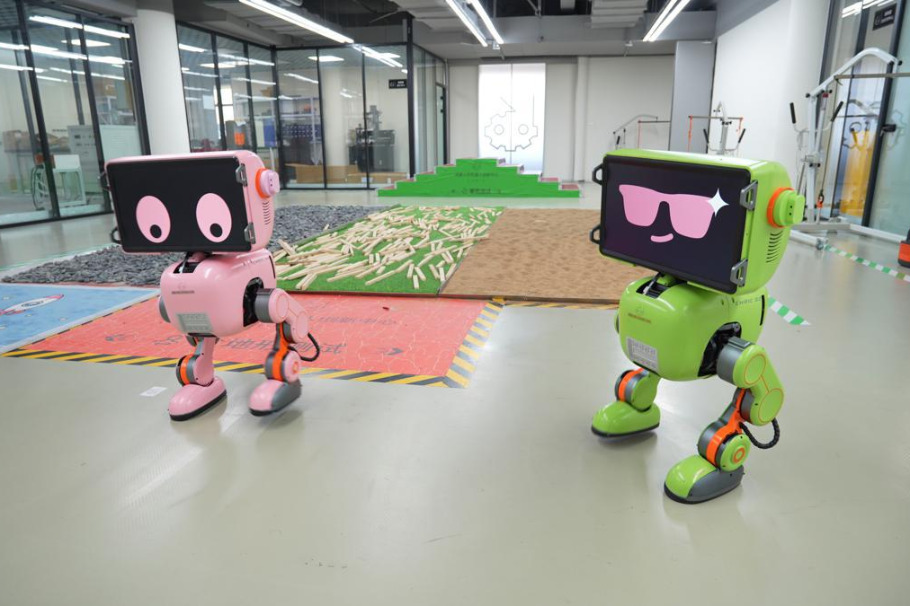Derung begin to embrace modernity


In 1951, a group of soldiers from the People's Liberation Army was marching through the Gaoligong Mountains in the highlands of Yunnan province when they encountered a group of about 4,000 people whose lifestyle was unusual.
The soldiers noticed that the women had tattoos on their faces and the settlement resembled a primitive village.
The group hunted for food by day and built bonfires to light up the night. In 1952, after the group's leader spent some days at a special conference in Beijing, the people were named the Derung.
They were closely linked with the Dulong (an alternative name for the group) River, and became one of China's 56 ethnic groups.

Like its neighboring southwestern province of Sichuan, 95 percent of Yunnan consists of mountains, plateaus or hills. Nature has shaped the various cultures and ethnic groups in the province, leaving them in relative isolation.
Maybe that is why Yunnan is home to the largest number of ethnic groups in the country, with 25 of them having resided in the province for many generations.
Contact with the outside world was restricted by the jungle that flourished around the Dulong River, which was notoriously fast-flowing and could only be crossed by primitive bridges and zip lines, and the steep, narrow trails that ran across the mountains.
In 1999, construction of a sealed road was completed along the riverbank, signaling the end of the Derung's isolated existence.
Since then, more people from the group have moved closer to the outside world.
I spoke with a young Derung man who stayed in Beijing to teach English after graduating from a university in the city six years ago.
I could barely see any difference between him and people who grew up in the capital.
Speaking fluent Mandarin, he explained why he preferred living in the city and how much he wanted to travel overseas again.
A few weeks ago, I visited the Derung's traditional home. It is now a small county with many five-story buildings. The local government has built a primary school with a soccer field and basketball courts on the campus.
However, the Derung are not a unique example of the changes in China's mountainous southwestern regions following the development of the transportation infrastructure.
In days gone by, poor transportation even delayed the emergence of modern Sichuan cuisine.
The food is known for its spiciness, resulting from the use of chile peppers, but the distinctive style took nearly a century to arrive in the province after being developed in the coastal regions during the mid-17th century.
Today, Sichuan people can buy fresh shrimps caught off Hainan Island, China's southernmost province, and cook them in the bold Sichuan style.
The government has launched many infrastructure projects in the past decade, and investment in transportation has lowered costs and increased the mobility of cargo and people.
In the past 20 years, China has continuously expanded the length of its road network, and by the end of last year there were 143,000 kilometers of highways, the most in any country.
Impressive reductions in transportation costs and journey times in the mountainous regions show the desire of the nation's policymakers to improve the networks.
That has benefited the economy and helped more people enter modern industrial society.
- Humans and AI monitor nuclear power plant construction around the clock
- Nuclear energy heating project to expand service coverage
- Cultural tourism brings vitality to old town in Xinjiang
- China renews yellow alert for rainstorms
- Pic story of Tibetan macaques protector in Xizang
- Chinese team wins RoboCup Humanoid League in AdultSize category




































